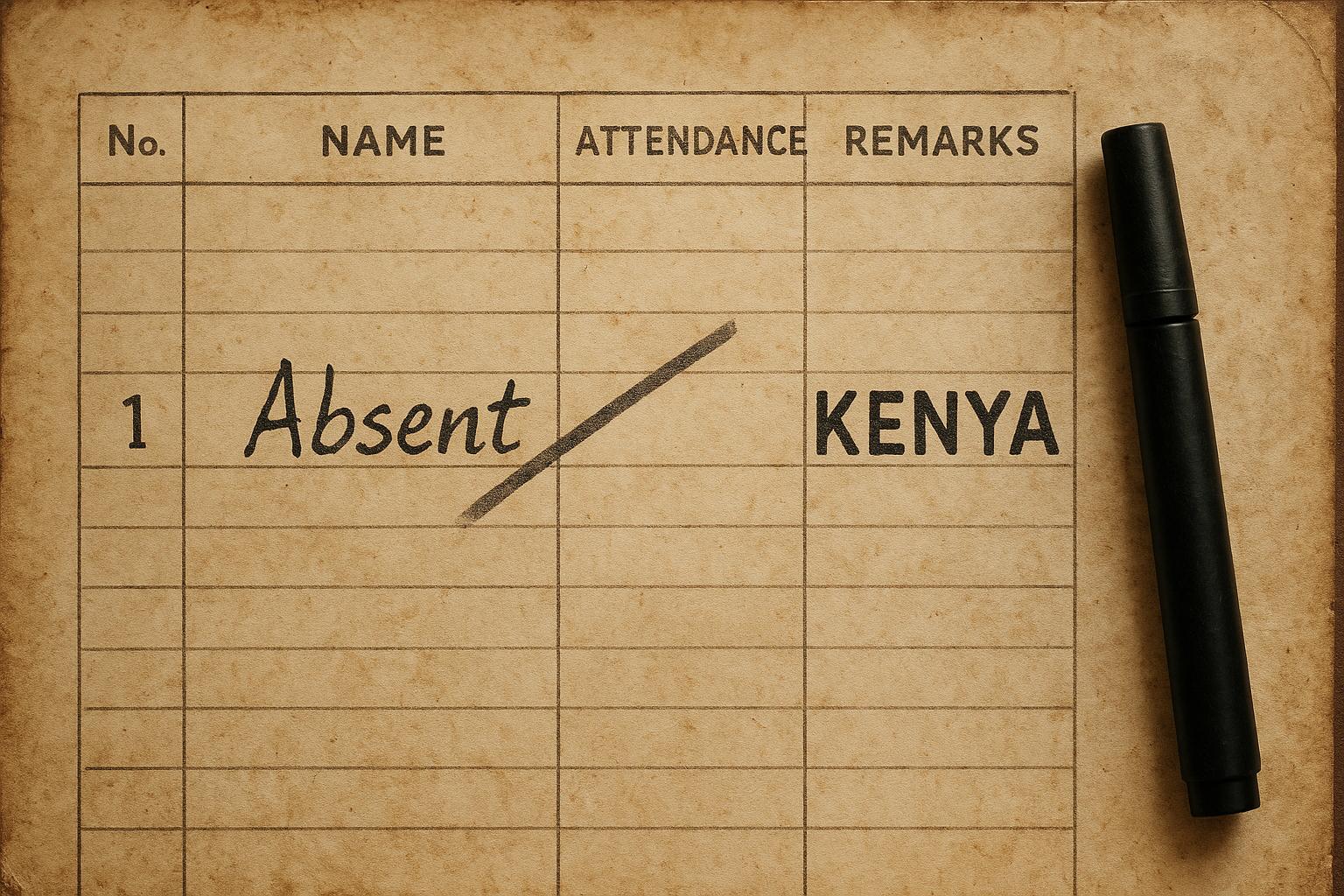At least 3,000 public schools in Kenya have started receiving capitation funds after successfully completing a rigorous enrolment verification process, according to the Ministry of Education. This development comes as part of a broader effort to ensure accuracy in enrolment data and curb the diversion of funds to non-existent or misreported schools. More than 30,000 schools have submitted updated enrolment figures, with those still outstanding given a deadline of September 12, 2025, to comply. The ministry has pledged that verified schools yet to receive funds will be paid promptly, with disbursements expected to resume by next week.
Basic Education Principal Secretary Julius Bitok, speaking during a visit to Machakos, cited Masii Boys High School as an exemplar of timely compliance. The school was the first in the county to provide its updated enrolment data and has already received full capitation funding, as confirmed by the school principal. PS Bitok emphasised the importance of accurate and prompt submissions from all schools to enable the smooth release of funds, noting that only verified enrolment figures will be honoured.
The ministry’s cautious approach follows revelations of significant financial mismanagement uncovered by a special audit conducted by the Office of the Auditor General. Education Cabinet Secretary Julius Ogamba explained in a recent interview that delays in third-term capitation payment arose from the need to verify the existence of schools and confirm genuine student numbers before releasing funds. The audit found that, over the past four years, billions of shillings were disbursed to "ghost schools"—institutions that do not actually exist—as well as to inflated student numbers.
The detailed audit report revealed that from 2020 to 2024, about Sh3.7 billion was erroneously paid out to ghost students and ghost schools through discrepancies in the National Education Management Information System (NEMIS). This included 33 phantom schools and 723 institutions where student numbers were exaggerated, leading to gross misallocation of government funds. Further findings indicated that 354 secondary schools were reimbursed beyond their actual enrolment figures, with an overpayment estimated at Sh3.59 billion.
In some cases highlighted by the audit, schools reportedly declared having 300 learners on paper, but cross-checks with sub-county education records showed stark contradictions. The report also exposed shared bank accounts among some schools suspected of facilitating fraudulent transfers. The Auditor General’s investigation is now being handed over to investigative agencies to hold accountable those responsible for such financial fraud involving domestic education funds.
The audit further exposed systemic weaknesses in the National Education Management Information System, underscoring the urgent need for comprehensive reforms to enhance data accuracy, verification protocols, and financial accountability across Kenya's education sector. Lawmakers have expressed their concern and are demanding clear answers from the Ministry of Education regarding the mismanagement and loss of huge sums intended for bona fide schools.
As the Ministry of Education continues to implement the verification and funding exercise, it emphasises the importance of transparency and integrity in the management of capitation funds. Ensuring that public resources reach the correct schools and students is critical for maintaining trust and supporting Kenya’s broader educational goals.
📌 Reference Map:
- Paragraph 1 – [1], [4]
- Paragraph 2 – [1]
- Paragraph 3 – [1], [2], [3], [7]
- Paragraph 4 – [2], [3], [5], [7]
- Paragraph 5 – [1], [4], [6]
- Paragraph 6 – [1], [4], [5]
- Paragraph 7 – [1], [4]
Source: Noah Wire Services
